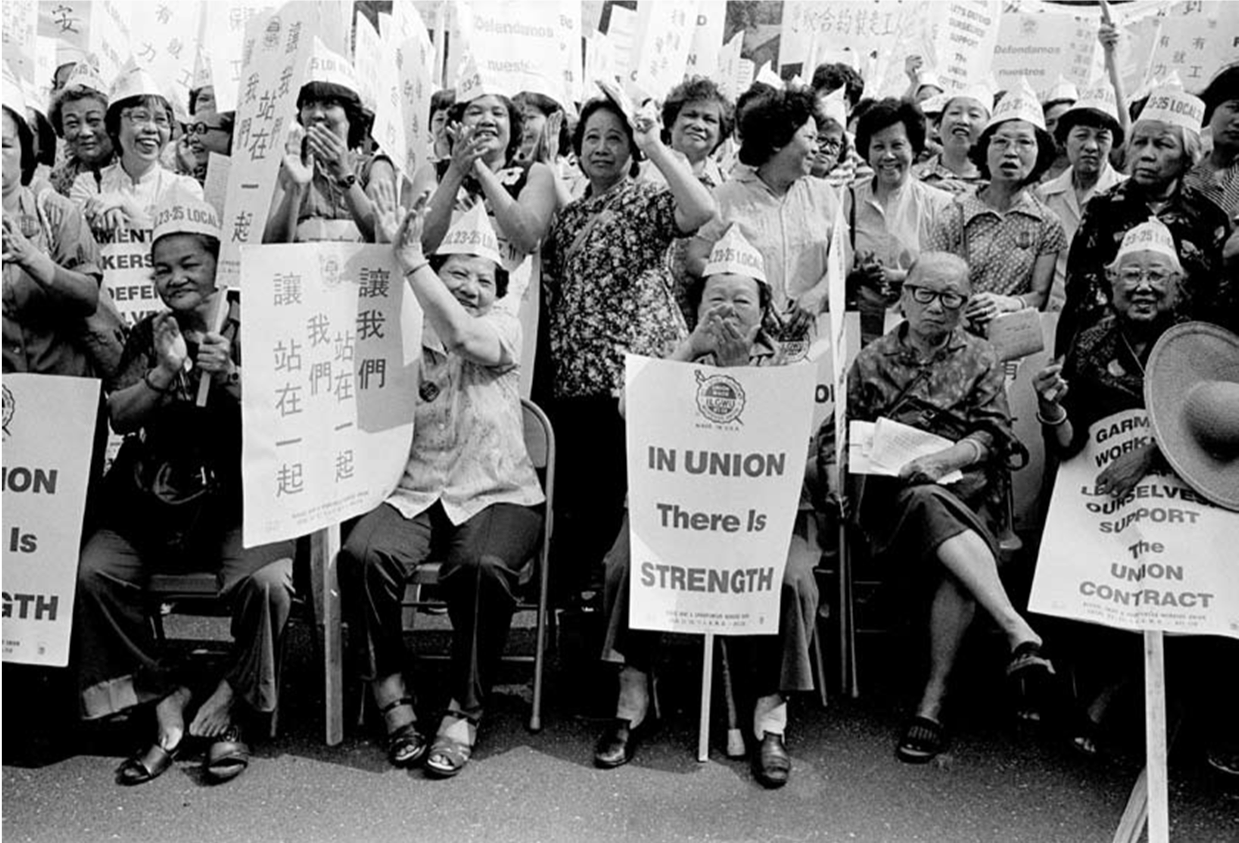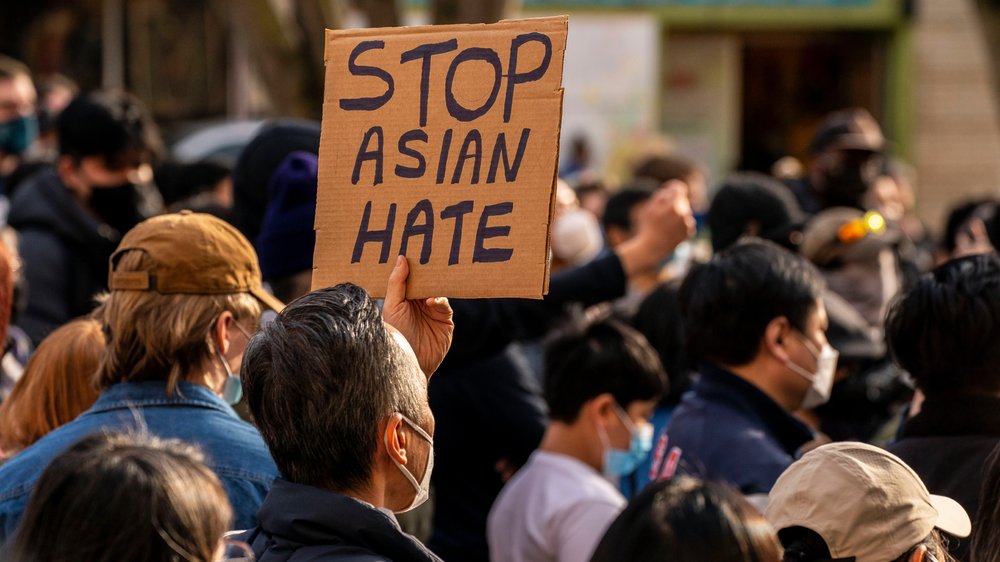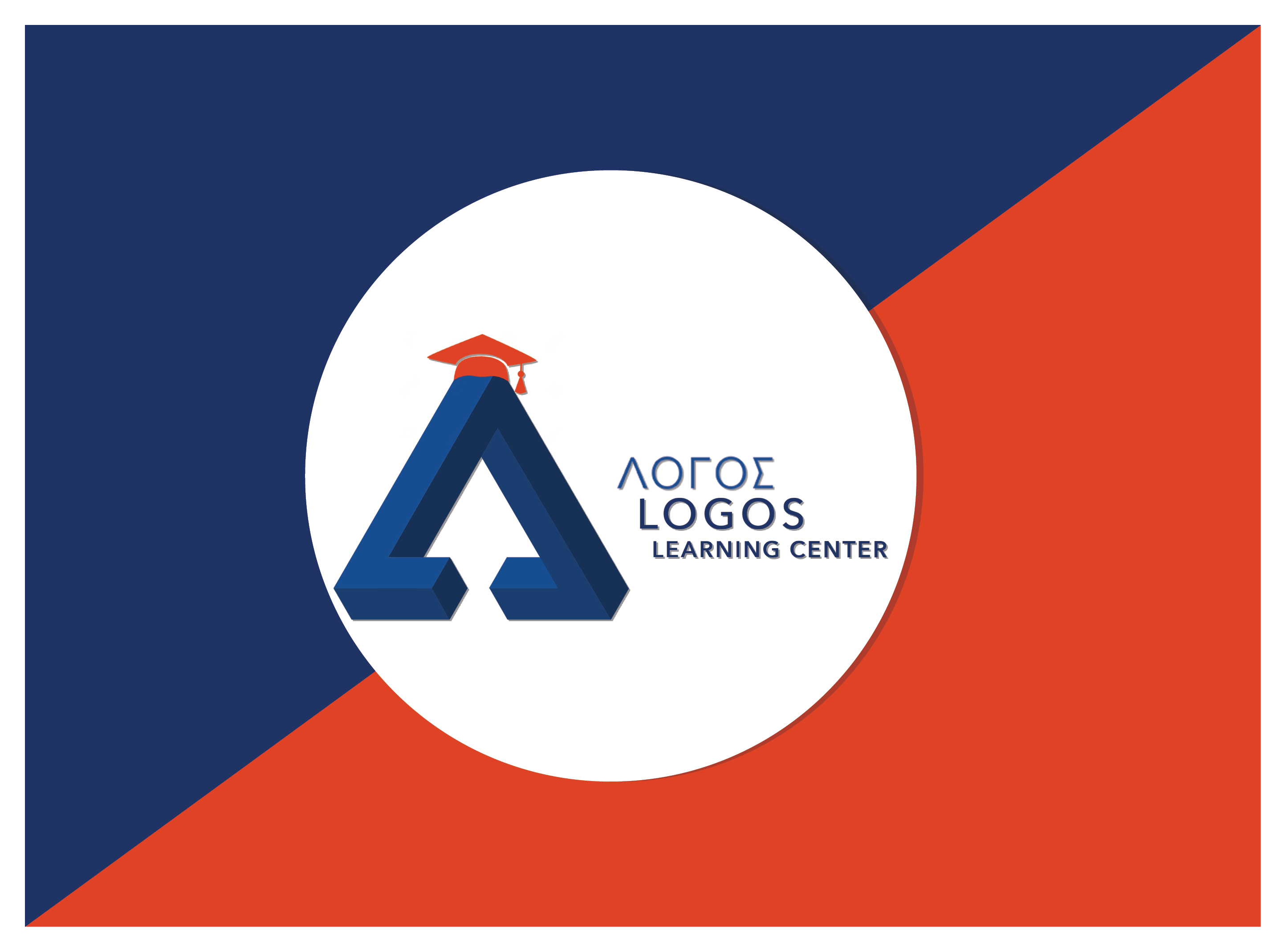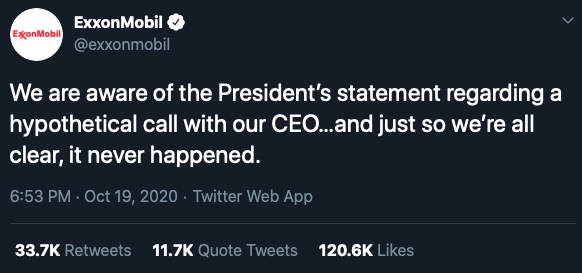Have you ever had the following experience:
You are about to have what you know is a difficult conversation. And in the moment before or at the beginning of the conversation, you notice that your heart starts to beat faster. You feel the need to take a deep steadying breath. Your mouth becomes dry and your gut clenches in anticipation. And as your body is physically reacting in this way, you find it incredibly hard to think clearly and respond calmly while you speak, reacting in ways that you later struggle to understand or fully process.
If you’ve had this experience, you are not alone. Nearly all of us have had this experience when we enter a difficult conversation. It is one of the reasons why we dread having difficult conversations – because difficult conversations, when not navigated effectively, can feel awful – physically, mentally, and emotionally.
But why is that? Why are difficult conversations so…difficult?
The answer is surprisingly simple: our biological programming.
When we enter what we know is a difficult conversation – either as the initiator or on the receiving end of the conversation – our biological fear response is triggered.
Our biological fear response lives in the amygdala, the oldest, most primitive part of the human brain. It developed to help early humans overcome the threats of the day – such as a wild beast preparing to attack. Over time, our amygdala became hard-wired to instinctually respond when we recognize a threat to our safety – specifically to either fight back, take flight, or freeze. Since the early days of humankind, our biological fear response has helped our species survive.
However, while the rest of our brain developed over the millennia, this part of our brain has not evolved much since early humankind. As a result, our amygdala does not have the ability to distinguish between emotional and intellectual threats and physical threats. So, in the modern age, when we are more likely to face intellectual or emotional threats on a regular basis than physical ones, our amygdala still responds the same way it did for early humans facing physical threats.
In other words, when facing a difficult conversation, the most primitive part of our brain reacts as though we are being attacked by a wild beast.
 And there are consequences to this biologically hard-wired response. When our biological fear response is triggered, our brain diverts blood into our arms and legs – the parts of our body that enable us to either fight or take flight – and away from the parts of our brain that are responsible for higher-level reasoning. Therefore, once our biological fear response is triggered, our problem-solving and critical thinking skills become hindered.
And there are consequences to this biologically hard-wired response. When our biological fear response is triggered, our brain diverts blood into our arms and legs – the parts of our body that enable us to either fight or take flight – and away from the parts of our brain that are responsible for higher-level reasoning. Therefore, once our biological fear response is triggered, our problem-solving and critical thinking skills become hindered.
When our fear response is triggered and our critical thinking is impaired, we tend to default into one of two predictable, self-defeating patterns of behavior:
- We go into attack mode: We push back, we accuse, we name-call, we monologue, we label – we do whatever we can to fight back against the other person in the conversation.
- We retreat into silence: We mask our feelings and thoughts, we avoid the topic, we please, we pretend, we withdraw (physically and/or mentally) – we do whatever we can to get out of the conversation as quickly as possible.
When we default into one of these two modes of being, we are far less likely to successfully navigate that conversation. And when we fail navigate these conversations effectively, we end up not fully addressing the underlying problem(s) that provoked the conversation in the first place. Sometimes, we can even make those problems worse, or cause new problems to emerge.
Here is the bad news: As difficult conversations are inherently interactions between two human beings, both parties’ biological fear response is likely to be triggered. Therefore, both you and the person in a difficult conversation are likely hindered your ability to think clearly and access your problem-solving, higher-reasoning skills.
This begs the question: How does anyone effectively navigate difficult conversations?
This is where the good news comes in – and there is good news. There is a method for overcoming our biological fear response and reigniting the part of our brain responsible for critical thinking and problem-solving. And that method is deceptively straightforward.
Ask questions.
Simple right?
In fact, it is slightly more nuanced than just asking questions. Because the kind of questions you ask determines whether you will inflame your biological fear response or ignite your critical thinking skills.

For example, have you ever asked yourself any of the following questions before or during a difficult conversation:
- Will the problem I am trying to address actually be solved?
- Will they understand my point of view?
- Will it make the problem worse?
- Will they blame me?
- Will I be punished for speaking up?
- Will I harm or make my relationship with this person worse?
- Will I be hurt in this conversation?
- Will I hurt the other person by voicing this problem?
- Is it better just to stay silent than to bring up this issue at all?
If you ever asked yourself any of these questions, note that these questions are rooted in fear. As a result, these questions will only serve to feed our biological fear response.
Therefore, we need to make sure we are asking the right questions to overcome our biological fear response. And the right questions are complex, abstract, and open-ended questions.
Our amygdala cannot process complex, abstract, and open-ended questions. The only part of our brain that can process those types of questions is our pre-frontal cortex, the part of our brain responsible for critical thinking and higher-level reasoning. When we ask ourselves complex, abstract, and open-ended questions, our body sends blood back to our pre-frontal cortex and reignites our critical thinking abilities, effectively calming down our biological fear response.
Once our critical thinking and higher-level reasoning skills are reignited, we are far better equipped to engage effectively in a difficult conversation. We can use complex, abstract, and open-ended questions to prepare ourselves before the conversation and to ground us during that difficult conversation. And we can ask the other person complex, abstract, and open-ended questions to reignite their critical thinking and high-level reasoning skills.
Now, asking the right kind of questions alone is not necessarily enough to have a successful difficult conversation. However, it is the starting place to effectively navigate difficult conversations and to begin addressing whatever issue lies at the heart of your difficult conversation.
So, if you are gearing up for a difficult conversation and want to overcome your biological fear response, start by asking yourself the right kind of questions.






 This week, the Logos Consulting Group launched our new online learning platform, the Logos Learning Center. The Logos Learning Center is designed to help everyone bolster their leadership skills so that they can ignite and inspire those who matter to them to create positive change in the world.
This week, the Logos Consulting Group launched our new online learning platform, the Logos Learning Center. The Logos Learning Center is designed to help everyone bolster their leadership skills so that they can ignite and inspire those who matter to them to create positive change in the world. NEW YORK (January 11, 2021) – Today, Logos Consulting Group announced the launch of a new online learning platform, the Logos Learning Center. The Learning Center is designed to help everyone bolster their leadership skills so that they can ignite and inspire those who matter to them to create positive change in the world.
NEW YORK (January 11, 2021) – Today, Logos Consulting Group announced the launch of a new online learning platform, the Logos Learning Center. The Learning Center is designed to help everyone bolster their leadership skills so that they can ignite and inspire those who matter to them to create positive change in the world. On November 9, 2020, Logos President Helio Fred Garcia spoke with
On November 9, 2020, Logos President Helio Fred Garcia spoke with 